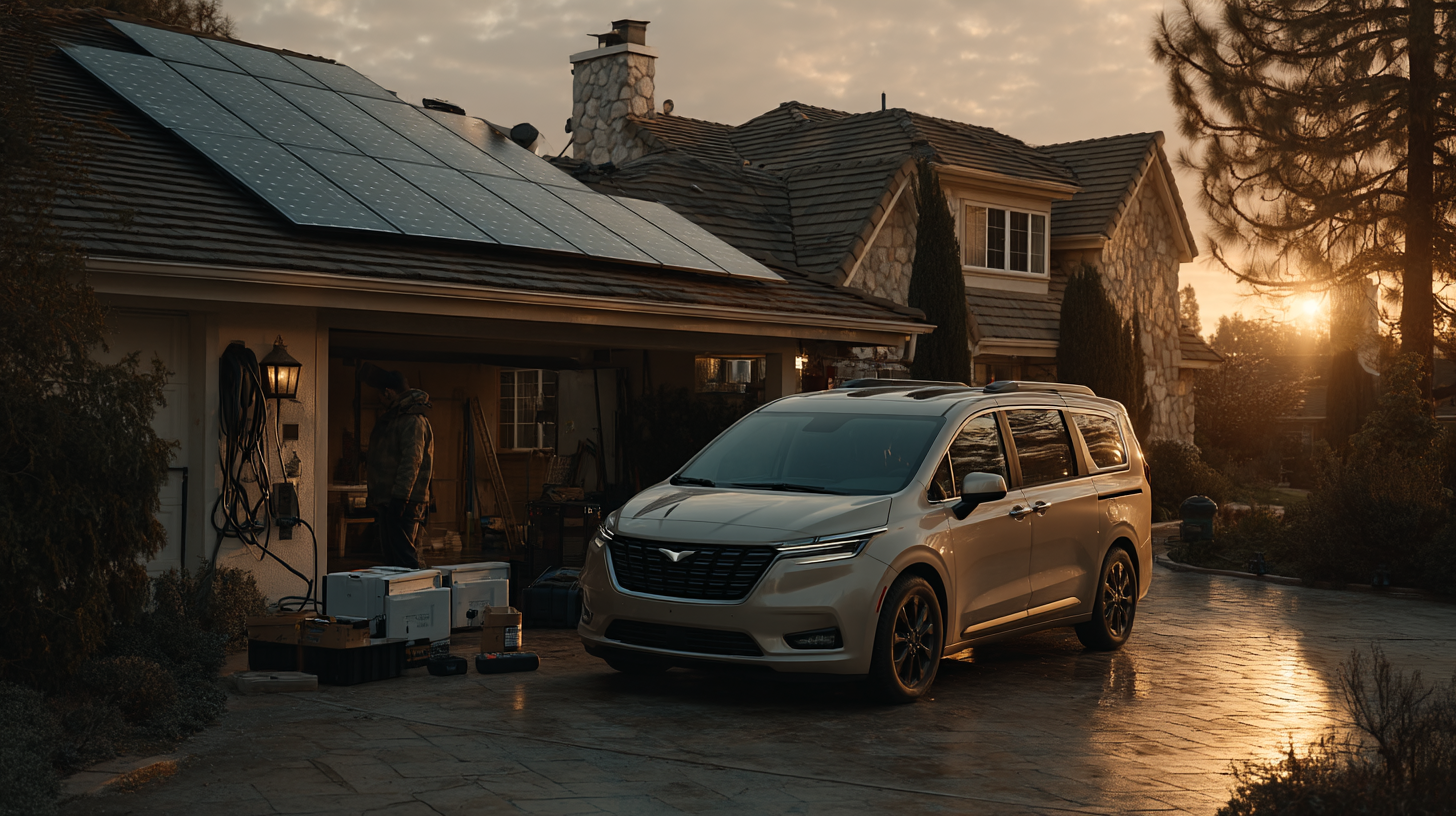What’s the Real Payback of Clean Energy? Here’s How Long It Actually Takes in Canada

Written by Solenery
2 min read
With solar panels, heat pumps, insulation upgrades, and energy audits on the rise across Canada, the big question many homeowners are asking is: “How long until this pays off?”
Rebates, lower bills, and added home value all sound great—but what does that look like in real numbers? In this post, we’ll break down typical ROI timelines for common upgrades, backed by Canadian data and real homeowner examples.
Why Payback Periods Vary
There’s no one-size-fits-all answer to ROI, because your payback depends on:
- Your province and local electricity costs
- Available rebates or tax credits
- Size and efficiency of the system
- Your household’s energy usage
- Installation quality
That said, we can look at national averages to get a clear picture.
1. Solar Panel ROI in Canada
Upfront Cost: $15,000–$30,000 (before rebates)
Rebates: Up to $5,000 through federal and some provincial programs
Savings: $800–$1,800/year on electricity bills
Estimated Payback: 7 to 12 years
Example: A homeowner in Calgary installed a 6.6 kW solar system for $22,000, received a $5,000 rebate, and is now saving $1,400/year. Their break-even point is just under 12 years—with 13+ years of “profit” after that.
2. Heat Pump ROI in Canada
Upfront Cost: $8,000–$20,000
Rebates: Up to $6,500 in many provinces
Savings: $500–$1,500/year on heating/cooling bills
Estimated Payback: 5 to 9 years
Example: In Nova Scotia, a household replaced their oil furnace with a cold-climate heat pump, cutting their heating bills by $100/month. After rebates, their out-of-pocket cost was $10,000, and their payback will land around year 7.
3. Insulation & Weatherization
Upfront Cost: $3,000–$10,000
Rebates: Up to 75% in some provinces (e.g., Efficiency Nova Scotia)
Savings: $300–$700/year
Estimated Payback: 3 to 6 years
Note: Insulation often has the fastest ROI, especially in older homes with drafts or poor envelope sealing.
4. Home Energy Audits
Cost: $400–$700
Rebates: Often fully reimbursed when part of a retrofit program
Value: Essential for unlocking grants + identifying hidden savings
Tip: Even without upgrades, an audit may help you trim 10–15% from your energy use with simple fixes like sealing leaks or changing thermostats.
Bonus ROI: Property Value Boost
Homes with solar, energy retrofits, or electrification upgrades often see a 5–10% increase in resale value, according to REALTOR® Canada and CMHC research.
In markets like Vancouver, Toronto, or Montreal, this can add tens of thousands in equity—making the payback even sweeter if you plan to sell down the road.
How to Speed Up Your Payback
Stack Rebates: Combine federal, provincial, and utility-level programs where available
Right-Size Your System: Oversizing may sound good, but it can delay ROI
Use Smart Tech: Adding tools like smart thermostats or solar monitoring systems can boost your savings
Avoid Maintenance Surprises: Choose quality installers who offer warranties and reliable post-install service
Real Homeowner Story: 3-Year Payback from a Hybrid Approach
The Abdelwahab family in Ottawa took a hybrid approach:
- Installed a mini split heat pump
- Upgraded attic insulation
- Added 10 solar panels to their garage roof
They received over $9,000 in combined rebates and cut their annual energy bills by 45%. In just under 3 years, they’ll recoup their investment—and continue saving $1,600+ every year after.
ROI Is Real, If You Do It Right
Clean energy upgrades aren’t just good for the planet—they make financial sense too. In many Canadian cities, solar and electrification are already beating traditional systems on lifetime cost.
Before you invest, ask your contractor for a projected ROI report, and check your provincial rebate portal for any bonus offers. A little planning goes a long way.